"AnAge Entry for Nasua nasua." (2012). The Human Aging Genomic Resources: online databases and tools for biogerontologists. genomics.senescence.info. Retrieved December 22, 2013.
- Available at: http://genomics.senescence.info/species/entry.php?species=Nasua_nasua
Bateman T. (2008). The Frog with the Big Mouth. Albert Whitman & Co.
Bewick, Thomas. A General History of Quadrupeds. The Figures Engraved on Wood by T. Bewick. Newcastle upon Tyne: : S. Hodgson, R. Beilby, & T. Bewick, 1800. Retrieved December 22, 2013.
- Available via Internet Archive at: https://archive.org/details/generalhistoryof00bewi
Burt W.H. (1980). A Field Guide to the Mammals. 3rd edition. Houghton Mifflin Co: Peterson Field Guide Series.
"Coati." en.wikipedia.org. Retrieved December 22, 2013.
- Available at: http://en.wikipedia.org/wiki/Coati
Decker D.M. (1991). "Systematics of The Coatis, Genus Nasua (Mammalia, Procyonidae)." Proceedings of The Biological Society of Washington 104:370-386. Retrieved December 22, 2013.
- Available at: http://biostor.org/cache/pdf/f8/c6/d7/f8c6d73ff3bab3dea9652afe0bb9b25f.pdf
Duckworth J.W. and J. Schipper. (2008). "Nasua nasua." In: IUCN 2008. IUCN Red List of Threatened Species. Retrieved December 22, 2013.
- Available at: http://www.iucnredlist.org/details/41684/0
Eisenberg, J.F. and K.H. Redford. (1999). Mammals of the Neotropics. Volume 3: The Central Neotropics. University of Chicago Press.
"First Ever Mountain Coati in Captivity in Colombia." Wildlife Extra News, September 2010. Retrieved December 22, 2013.
- Available at: http://www.wildlifeextra.com/go/news/mountain-coati.html#cr
Freitas E.P., S.C. Rahal, C.R. Teixeira, R.H.F. Teixeira, G.M. Mendes and M.A. Gioso. (June 2008). “Oral Cavity Evaluation and Dental Chart Registration of Coati (Nasua nasua) in Captivity.” Journal of Veterinary Dentistry 25(2): 110-117. Retrieved December 22, 2013.
- Available at: http://www.producao.usp.br/bitstream/handle/BDPI/1670/art_Freitas_oral.pdf?sequence=1
Grant S. (2006). "Coatimundi (coati) (Nasua sp.)." Exotic DVM 8(6):22. Retrieved December 22, 2013.
- Available at: http://www.ivis.org/journals/exoticdvm/8-6/Coatimundi.pdf
Guzman-Lenis A.R. (2004). "Revisión Preliminar de la Familia Procyonidae en Colombia: Preliminary Review of the Procyonidae in Colombia." Acta Biológica Colombiana 9(1):69-76. Retrieved December 22, 2013.
- Available at: http://scienti.colciencias.gov.co:8084/publindex/docs/articulos/0120-548X/2290574/2295170.pdf
Hamilton V. (1995). Jaguarundi. Blue Sky Press.
Helgen K.M., R. Kays, L.E. Helgen, M.T.N. Tsuchiya-Jerep, C.M. Pinto, K.P. Koepfli, E. Eizirik, J.E. Maldonado. (2009). "Taxonomic boundaries and geographic distributions revealed by an integrative systematic overview of the mountain coatis, Nasuella (Carnivora: Procyonidae)." Small Carnivore Conservation 41:65-74. Retrieved December 22, 2013.
- Available at: http://www.smallcarnivoreconservation.org/sccwiki/images/1/14/SCC41_Helgen_et_al_2009.pdf
Landau E. (1996). Tropical Forest Mammals.Children's Press.
Lydekker, Richard, ed. (1894). The Royal Natural History. Illustrated with Seventy-two Coloured Plates and Sixteen Hundred Engravings. Vol. II Section III. London and New York: Frederick Warne & Co. Retrieved December 22, 2013.
- Available via Biodiversity Heritage Library at: http://biodiversitylibrary.org/item/54514#page/9/mode/1up
Murie O.J. (1982). Animal Tracks. Houghton Mifflin Co: Peterson Field Guide Series.
"Nasua nasua." es.wikipedia.org. Retrieved December 22, 2013.
- Available at: http://es.wikipedia.org/wiki/Nasua_nasua
"Nasua nasua South American coati." Encyclopedia of Life. Retrieved December 22, 2013.
- Available at: http://eol.org/pages/328601/details
"Natural Heritage Site: Parque Nacional do Iguaçu/Iguassu National Park." Cataratas do Iguaçu S.A. Retrieved December 22, 2013.
- Available at: http://www.cataratasdoiguacu.com.br/portal/paginas/131-natural-heritage-site.aspx
Nelson, Edward William. (1916). The Larger North American Mammals. With Sixty-one Illustrations and Frontispiece in Four Colors. From Drawings by Louis Agassiz Fuertes. Washington DC: National Geographic Society.
- Available via Biodiversity Heritage Library at: http://biodiversitylibrary.org/item/117246#page/1/mode/1up
- Available via Internet Archive at: https://archive.org/details/cu31924022547198
"Nueva maravilla natural: Iguazú Argentina." Retrieved December 22, 2013.
- Available at: http://www.iguazuargentina.com/
Perry S. and L. Rose. (1994). “Begging and Transfer of Coati Meat by White-faced Capuchin Monkeys, Cebus capucinus. Primates 35(4):409-415. Retrieved December 22, 2013.
- Available at: http://deepblue.lib.umich.edu/bitstream/handle/2027.42/41610/10329_2006_Article_BF02381950.pdf;jsessionid=56D5926724D75CA5D0096FC1BDBBD022?sequence=1
"Quati-de-cauda-anelada." pt.wikipedia.org. Retrieved December 22, 2013.
- Available at: http://pt.wikipedia.org/wiki/Quati-de-cauda-anelada
Quiroga, Horacio. (2003). Cuentos de la Selva. Reysa Ediciones.
Schindler, S.D. (2013). Spike and Ike Take a Hike. Nancy Paulsen Books.
"South American coati." BBC Nature Wildlife Animals Mammals. Retrieved December 22, 2013.
- Available at: http://www.bbc.co.uk/nature/life/South_American_Coati
"South American coati." en.wikipedia.org. Retrieved December 22, 2013.
- Available at: http://en.wikipedia.org/wiki/South_American_Coati
"Species Sheet: Brown-nosed coati, South American coati." Mammals' Planet. Retrieved December 22, 2013.
- Available at: http://www.planet-mammiferes.org/drupal/en/node/38?indice=Nasua+nasua
Sullivan, Pat Harvey. (2002). Raccoons and Their Relatives. World Book.
Wilson D.E. and D.M. Reeder. (2005). Mammal Species of the World: A Taxonomic and Geographic Reference. 3rd edition. Johns Hopkins University Press.


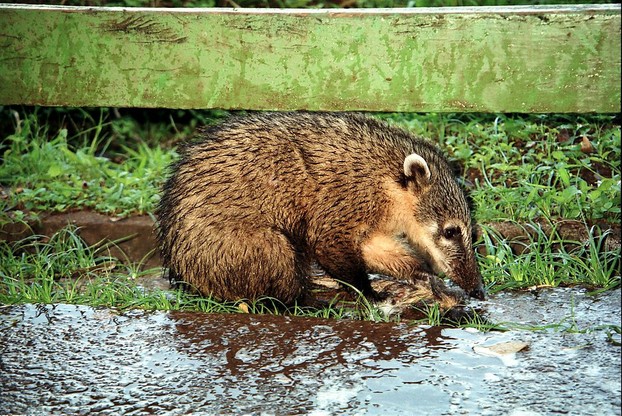
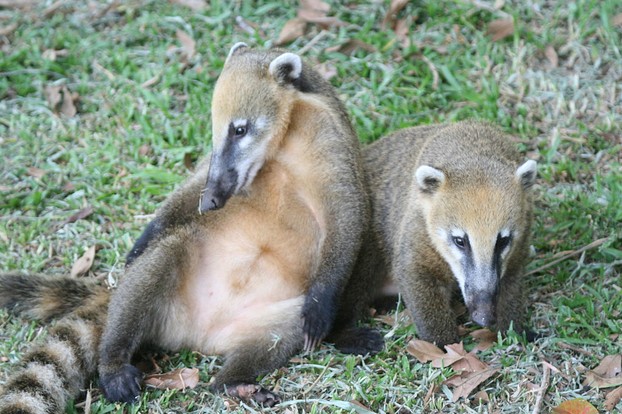
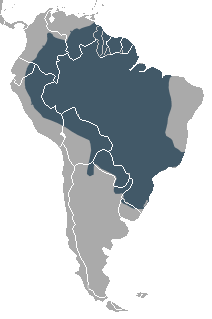
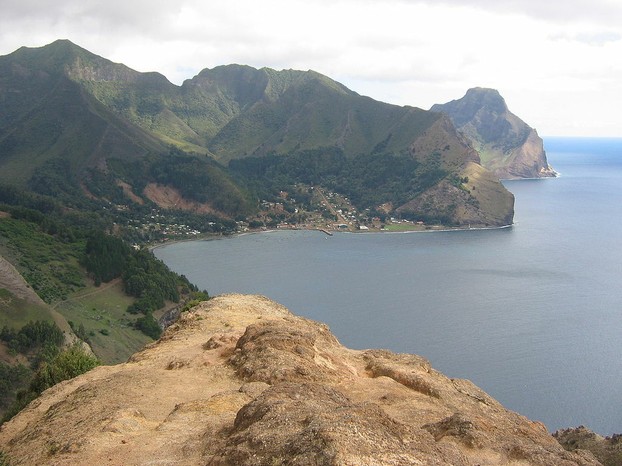
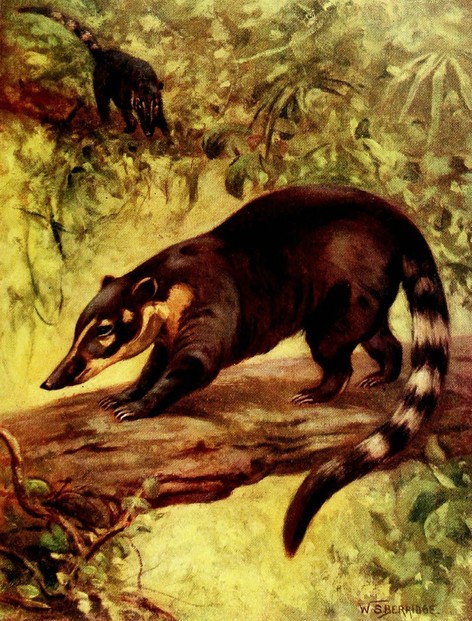
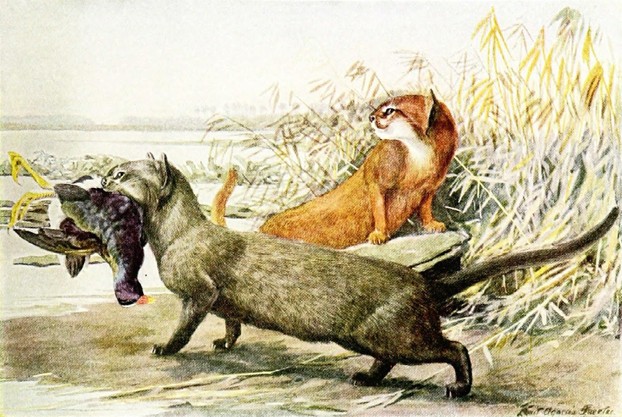
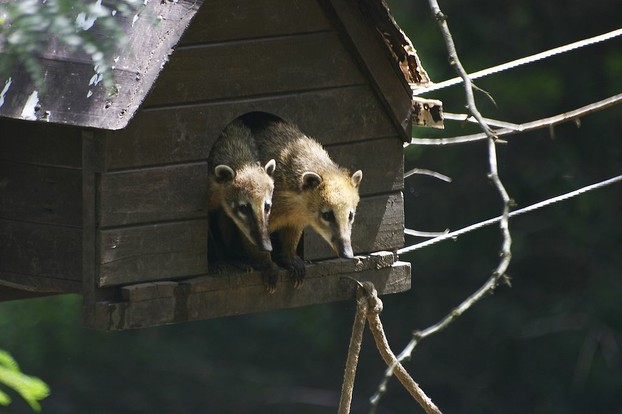
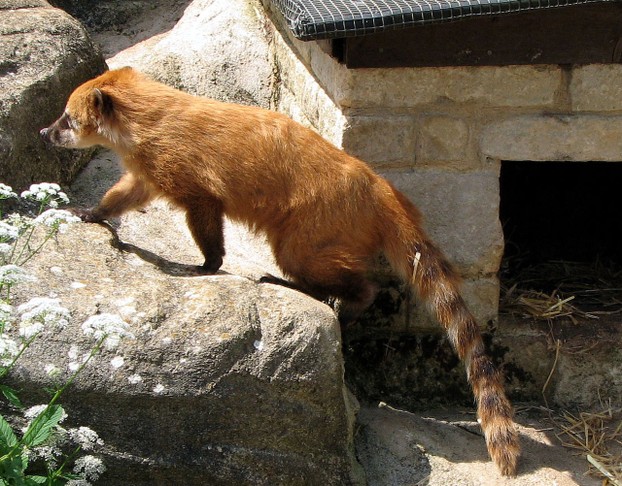

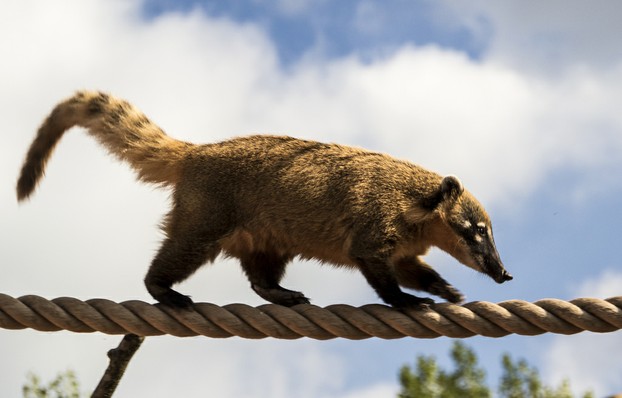
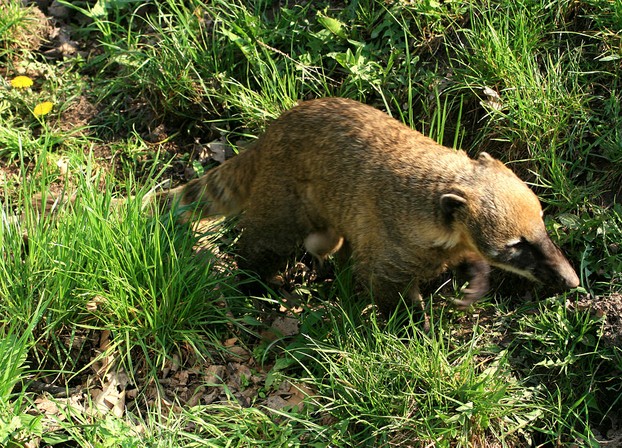
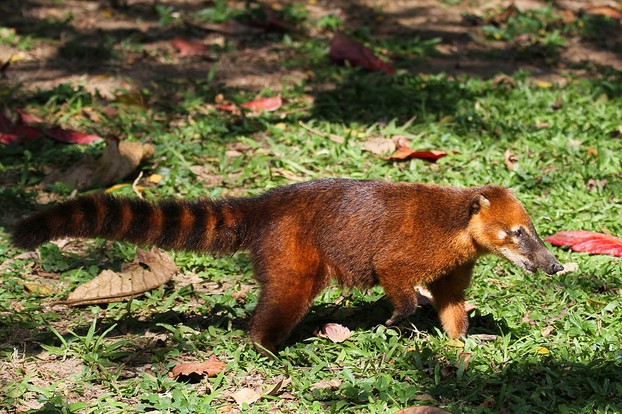


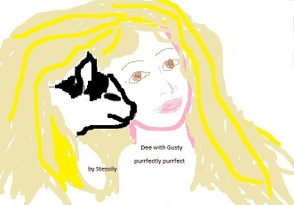
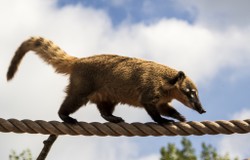

 Are Hawaiian Huakai Po Nightmarchers Avenging Halloween Thursday?on 10/02/2024
Are Hawaiian Huakai Po Nightmarchers Avenging Halloween Thursday?on 10/02/2024
 Mailing Addresses for 2023 Form 4868 Extending 1040 and 1040SR April 15, 2024, Due Dateon 04/15/2024
Mailing Addresses for 2023 Form 4868 Extending 1040 and 1040SR April 15, 2024, Due Dateon 04/15/2024
 Mailing Addresses for 2023 Forms 1040 and 1040SR Filed in 2024on 04/15/2024
Mailing Addresses for 2023 Forms 1040 and 1040SR Filed in 2024on 04/15/2024
 Mailing Addresses for 2022 Form 4868 Extending 1040 and 1040SR April 18, 2023, Due Dateon 04/13/2023
Mailing Addresses for 2022 Form 4868 Extending 1040 and 1040SR April 18, 2023, Due Dateon 04/13/2023

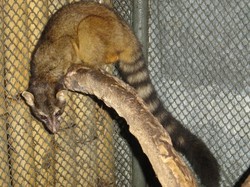
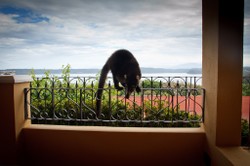
Comments